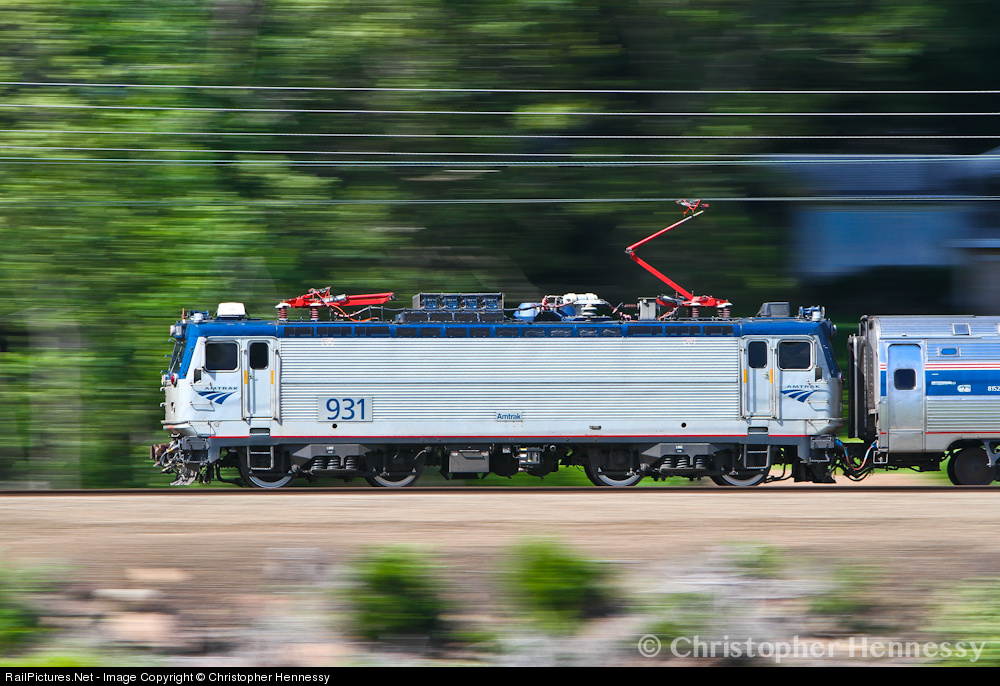IRM (outside Chicago) has an overhead electric system, however I don't know the capabilities of it. They normally run interurban and streetcars on it, but they do own some regular electric engines (including a GG1). I don't know if they can actually run the regular electric engines on their system. It looks fairly light, but then they don't have much distance to travel, so you aren't going to see speeds requiring a high-tension system.
peter
IRM has DC overhead, suitable for running both trolleys, interurbans, and (for light loads) the locomotives of nearly all the former electrified railroads in the Midwest. Remember that Metra Electric and the South Shore Line *still* use DC overhead. So does the Iowa Traction Railway. (I don't think IRM has any of the pre-1926 South Shore Line AC equipment -- I'm not sure any of it survives, actually.)
This makes sense for an Illinois railroad museum. Most locomotives can handle some changes in voltage with relatively little work, so the ones designed for higher DC voltages (3000V or 1500V) can often be adapted to run on lower voltages (750V or 600V) for low-speed museum operations.
Museums are generally afraid to run third rail DC because of worries about people stepping on it. (There is one group in England which is really trying to figure out how to set up a third rail museum line, but it seems particularly difficult!) However, DC third rail vehicles can often be jerry-rigged to run off of DC overhead at low speeds without too much trouble or damage to historic fabric. Or, for short distances, they can be run off "battery cars".
By contrast, the difference between AC power and DC power systems is quite substantial. No museum has AC overhead, and converting an AC locomotive to run on DC would basically strip large portions of the innards (at least the main rectifiers, and quite possibly more depending on the design), which is very undesirable from a historic preservation point of view. Furthermore many of the parts of an AC locomotive may rely on the very high power supply from 12500V or 25000V, which is a big difference from the 750V usually supplied for streetcars or interurbans.
Probably eventually for the benefit of railroad preservation, *some* museum *somewhere* should set up an AC overhead line, just as *some* museum should have third rail. There's probably only room in the world for one of each given the difficulty involved in either. I suppose Germany, where practically every line is electrified with AC overhead, might be the best bet for a museum with overhead AC electrification. (Heck, maybe they have such a museum, and I just haven't found it due to my poor grasp of technical German.)
















































